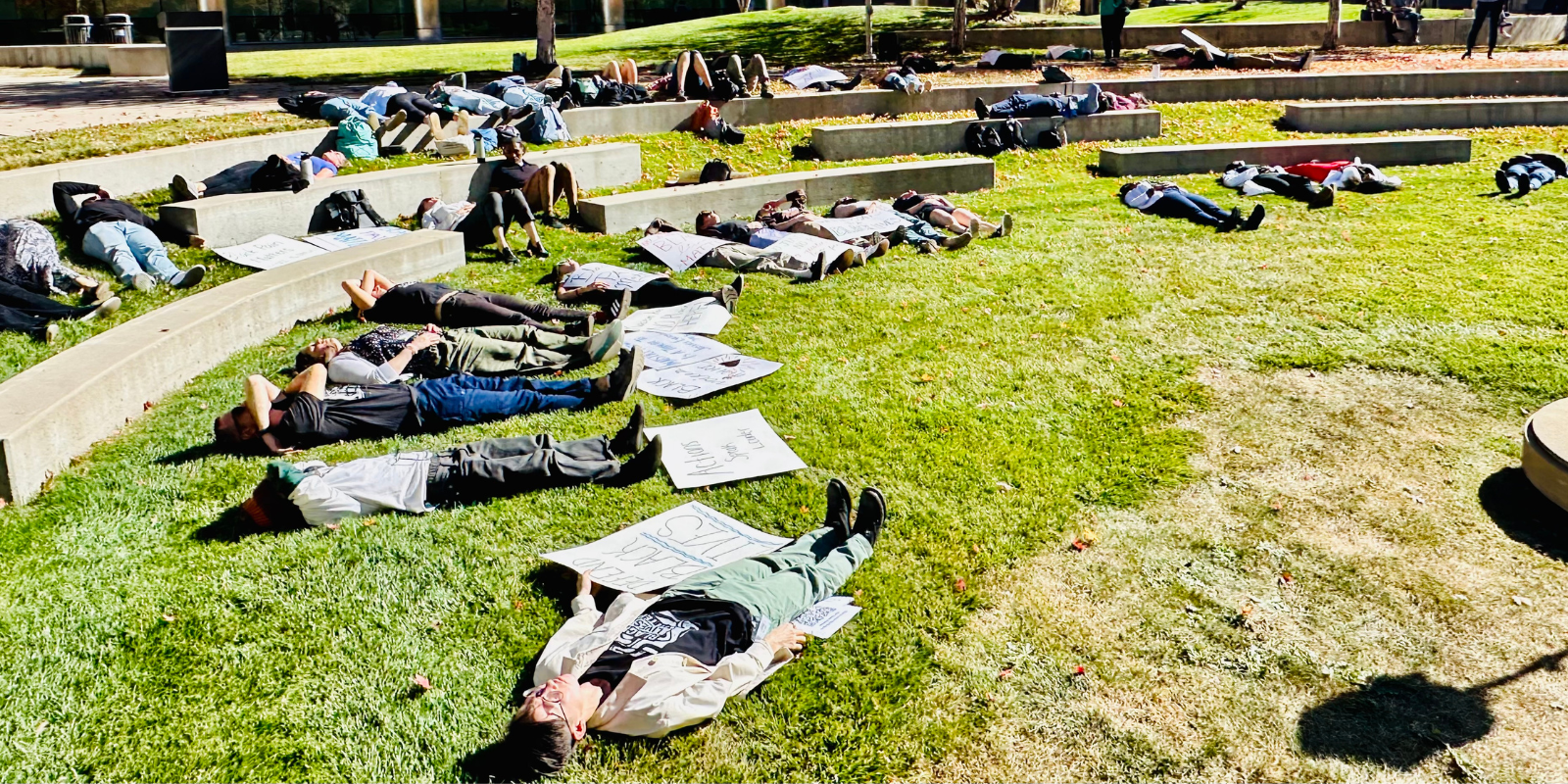When a case of polio was discovered in an unvaccinated man in Rockland County, New York, last month, many people had a similar thought: “Didn’t we take care of polio?”
Before the Salk and Sabin polio vaccines were available in 1955 and 1963, respectively, polio outbreaks caused more than 15,000 cases of paralysis in the United States each year before 1955, according to the Centers for Disease Control (CDC). By the 1970s, that number was fewer than 10. Since 1979, no cases of polio caused by wild poliovirus have originated in the United States.
Though cases of polio haven’t originated in the United States for decades, the virus can be brought into the country by people who have visited nations where the disease is still present.
Recently, public health officials in New York City found poliovirus in the city’s wastewater, and CDC investigators announced poliovirus has likely been circulating in the New York City area for months.
We spoke with Sean O’Leary, MD, MPH, a professor of pediatrics in the Section of Infectious Diseases in the University of Colorado School of Medicine, and David Barton, PhD, a professor of immunology and microbiology in the CU School of Medicine who researches poliovirus, to talk about the reemergence of polio in the United States.






